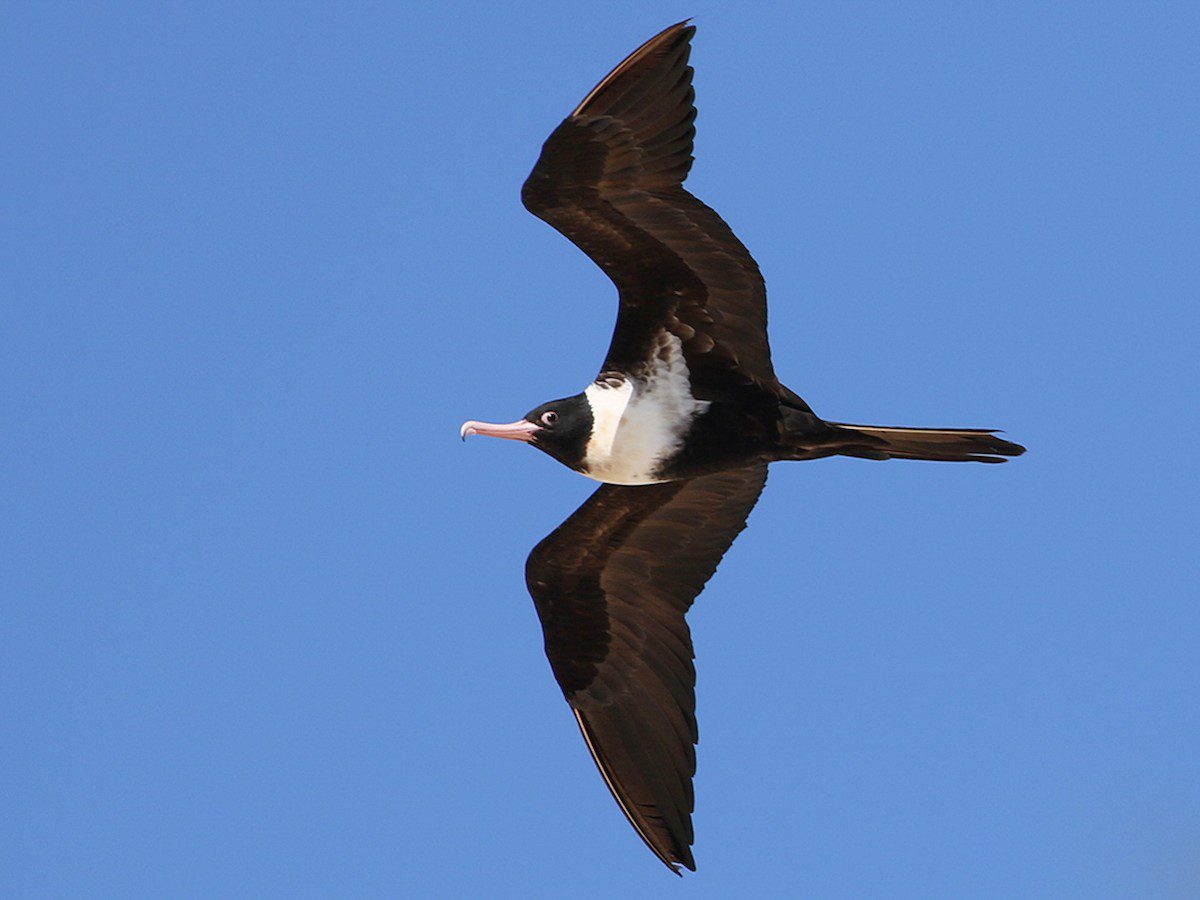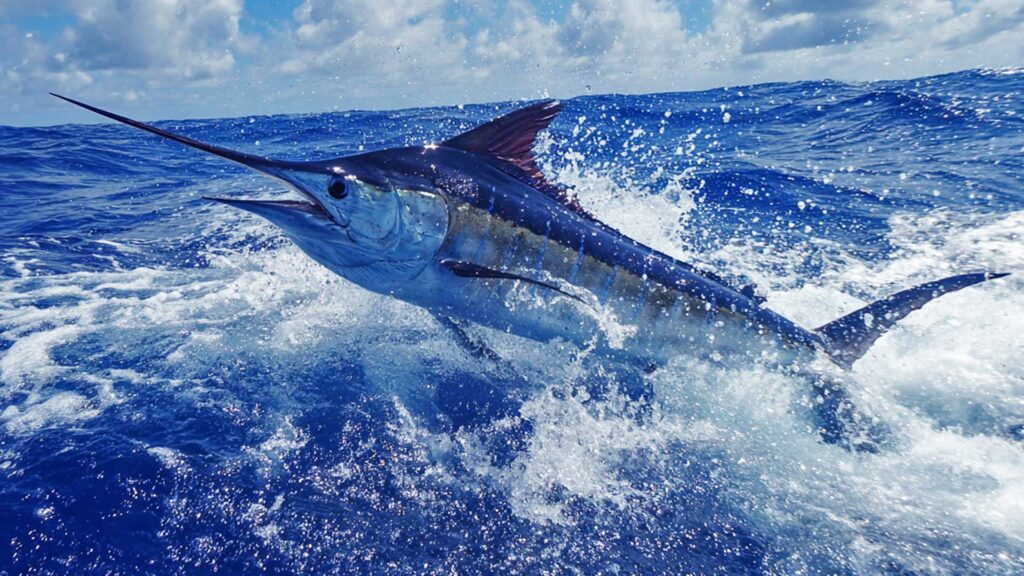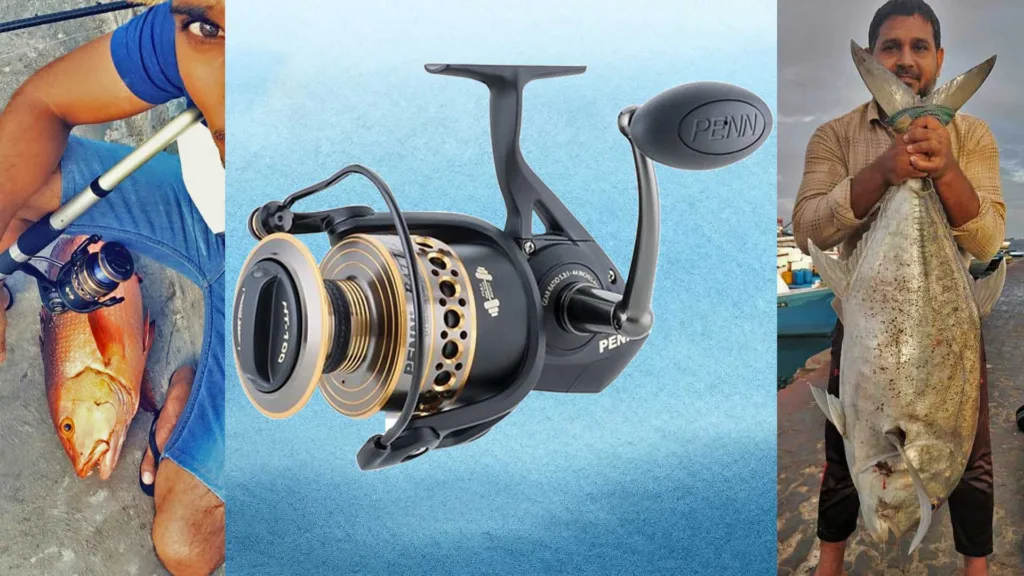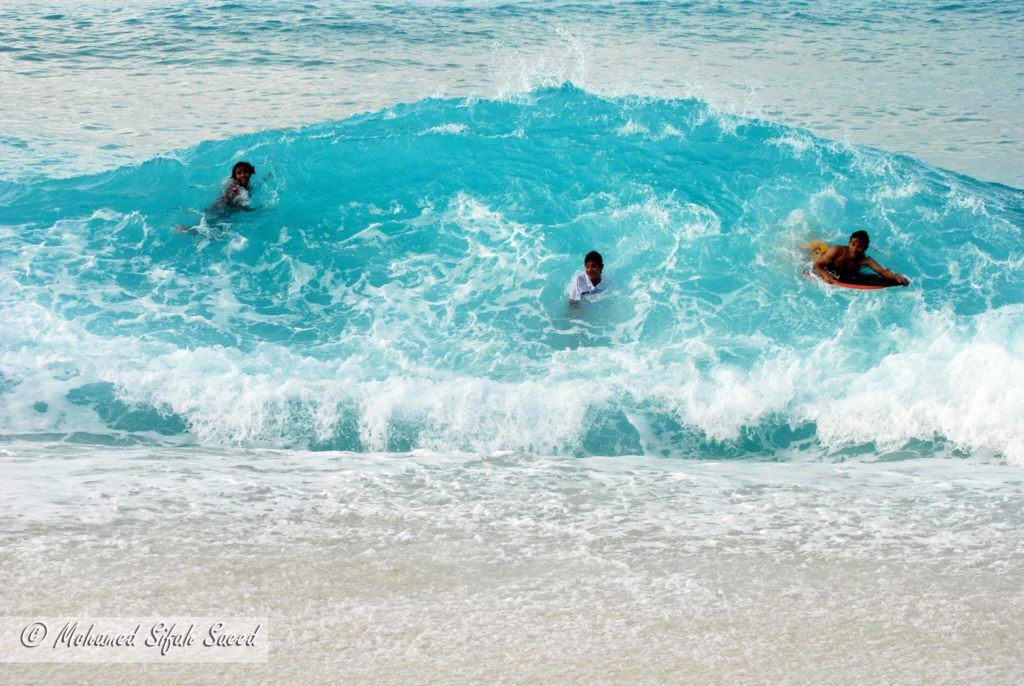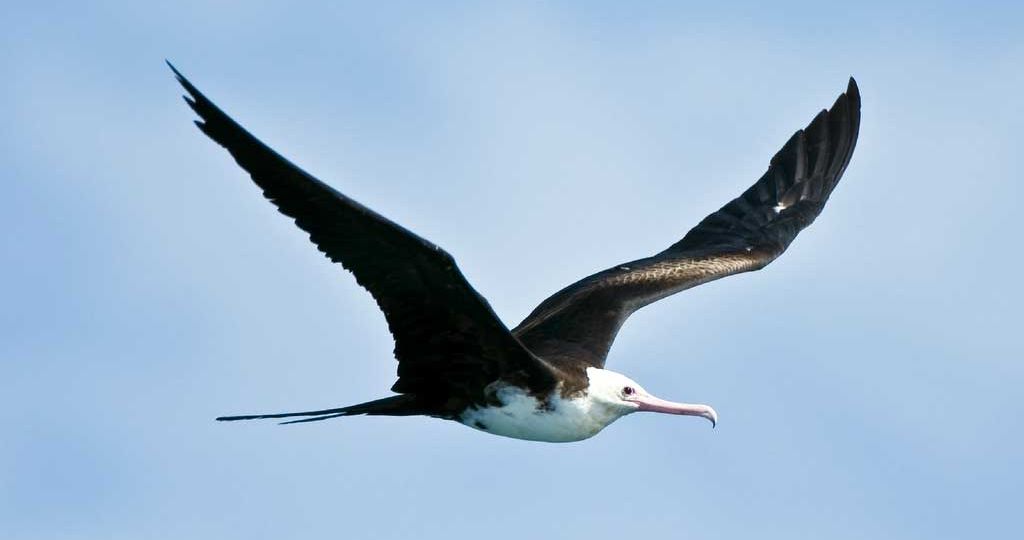
As kids, in the middle of the 1980s, during the southwest monsoon season, we would look up at the sky and see magnificent frigatebirds, which we call huraa. The sky would be covered with these amazing birds.
After seeing the frigatebirds, we decided if we needed to go to the beach to catch flying fish. A large number of birds indicated that flying fish were heading toward the island. It also means that flying fish were closer to the shore if the birds were hovering at lower levels.
We’d go to the beach with our friends if we saw them in such a way. The acrobatic feats of these birds, with a wingspan of 7 to 8 feet (2.44 m), would be on full display when we near the beach. At the reef front and beyond, the birds dive down to catch flying fish that jump out of the water. Because of this, they wait for the flying fish to jump out of the water. Their superior aerial maneuvering abilities completely stunned us.
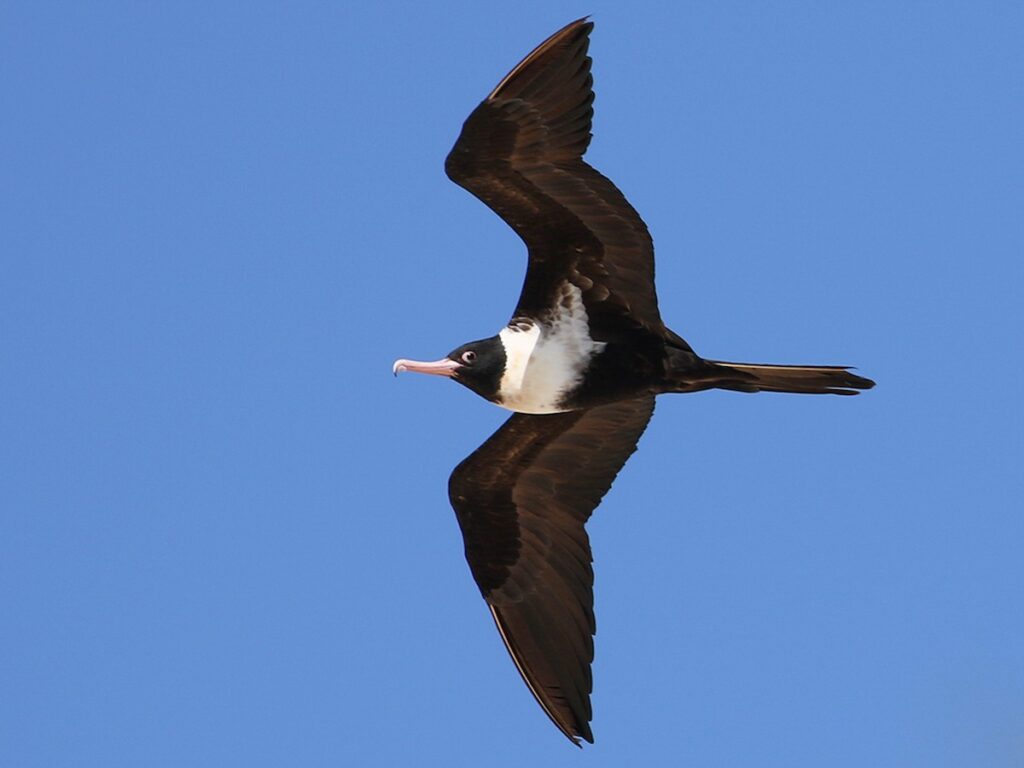
Frigatebirds cannot dive in water. They lack waterproof feathers, in contrast to the majority of seabirds. The bird stays in the air because if it falls into the water, it will quickly drown. I came across this bird’s amazing report while I was trying to write this chronicle. Here is a summary of it.
In 2016, scientists were astounded by these wonderful birds’ abilities. They are masters of remaining aloft.
Using tracking devices on frigatebirds near Madagascar revealed that they frequently spend up to a month and a half in the air!
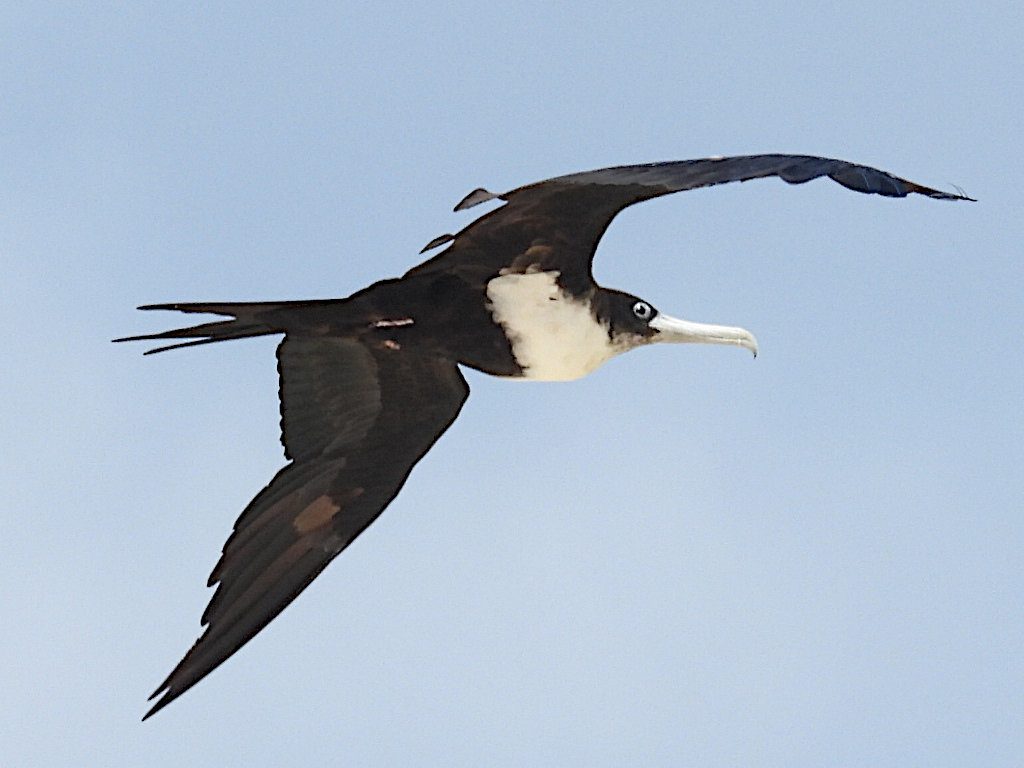
Researchers that observed tagged frigatebirds in flight discovered that the birds could soar up to 64 kilometers without flapping and reach altitudes of 4000 meters (Sharp, 2016).
This study, which appeared in the journal Science on July 1, 2016, found that the birds can stay in the air for months. Henri Weimerskirch of the French Chizé Center for Biological Studies oversaw the study.
On Europa Island, a waterway that separates Madagascar and Mozambique, researchers fitted 50 frigatebirds with solar-powered transmitters as part of the study. The 10-gram gadget also recorded the bird’s height, speed, and heart rate.
Adult birds flew northwest to the Seychelles, a distance of about 1,548 miles (ca. 2,491 km), from June to October. In 2011, 2012, and 2015, researchers observed the birds. They found that many of them didn’t fly straight to their target but instead made big loops around the equator and the Indian Ocean.
The birds’ ability to remain aloft for more than two months was astounding to the scientists, who observed that they traveled an average of 255 miles (ca. 410 km) (approximately 410 km) per day.
With just four days off in between, one tagged adolescent flew for 185 days and traveled an incredible 34,000 miles (ca. 54,718 km).

According to Weimerskirch, the data collected over the course of four years indicates that the majority of the tagged birds remained immobile for periods of approximately two to twelve minutes. They came to the conclusion that frigatebirds may not have needed to sleep all that much over time. Only 8 to 48 hours were spent on breaks, even for those who did (Solis, 2016).
I’d like to write about the different color patterns and species that we see on our island. The Maldives have documented two species of frigatebirds (Ash, Shafeeg, 1994). They are:
Fregata Minor, the Great Frigate Bird (Maahoara)
Fregata ariel, the Lesser Frigatebird (Hoara)
According to Ash and Shafeeg, the Great Frigatebird visits Seenu Atoll, Gaafu Alif Atoll, L. L. Hithadhoo, Baa Atoll, and Gnaviyani Atoll often.
Lesser Frigatebirds are plentiful in most atolls and perhaps a resident of some islands. Documented locations include Baa Olhugiri, B. B. Thulhaadhoo, Gaaf Alif, Gaaf Dhaal Atoll, S. Gan, and Fuvahmulah.
To get females’ attention, males blow up a bright red pouch on their throat that looks like a balloon. The white bellies of females make them stand out from males, which is different from most other seabirds.
The frigatebirds roost on the island of Ga.Hithadhoo in the Maldives. This island is protected by Maldivian law to conserve the local frigate birds.
